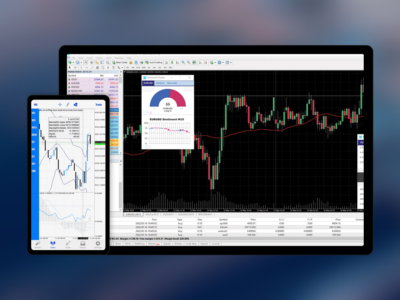There are different types of printing services for magazines. These types range from offset printing, web presses, sheet-fed presses, and digital printing. Let’s examine some of the differences between these printing methods. In addition to choosing a printing company specializing in magazine printing, it is also essential to choose the type of magazine printing process that best fits your needs.
Digital printing
In this day and age, magazine publishing is an increasingly popular option. More people are turning to print magazines to relax and unwind. If you’re interested in magazine printing, read more about these magazine printing services. Whether you’re looking for a high-quality print job or require a quick turnaround, you’ll find a solution for your needs.
Magazine printing is a complex process, with many different factors to consider. The most important thing to remember is that your magazine will typically consist of four pages – the front cover, the inside front cover, the back cover, and the inside back cover. When designing the cover, it would be best to leave about 1/8″ bleed around the edges. You can have your cover saddle stitched or stapled. You can also choose to have your magazine perfect, loop, or wire-o bound.
Magazine printing is a great way to build brand recognition. Not only does it help your name spread throughout the print media, but it also helps your brand’s presence on the World Wide Web.
Offset printing
Offset magazine printing services are an excellent choice if you want a cost-effective way to produce quality magazines. These magazines are typically printed on 80GSM text stock with glossy or matte finish options. They are saddle-stitched to enhance their appearance and are more durable than staple-bound magazines. Magazines printed on offset presses are often better suited for catalogs with multiple thousand copies.
Offset printing uses water-oil inks. The ink is deposited on an aluminum plate and then passes through rollers. The pages are then separated, and a thin layer of powder is used to help them dry. Offset printing has several advantages over digital printing. It is faster to set up and allows for easy changes to images.
Offset magazine printing services use high-quality materials such as high-gloss paper and ink for crisp, vibrant images. Most companies also offer a range of sizes and types of magazines. Some companies also offer online tools to help clients design their publications.
Web presses
Web presses offer many advantages over sheet-fed presses, including high speed, large-volume printing, and lower printing costs. The web-based technology uses large rolls of paper and can produce tens of thousands of sheets per hour. This allows print shops to produce plenty of copies of magazines and catalogs. They also offer high-speed plate changing, making daily production much more efficient.
A traditional web press only prints on uncoated paper, allowing ink to absorb into the paper. This can result in remnants on your hands. However, heat-set web printing is standard among significant publications and can also be used on coated stocks. In addition, most modern web presses come with integrated color-management systems.
In terms of speed, a web press is the best choice for high-volume printing. Web presses have fewer steps than sheet-fed presses and can produce a finished product straight off the press. They can also produce a high-quality finish, essential for personalization and influence.
Sheet-fed presses
Sheet-fed presses are machines that print on paper sheets, usually coated or uncoated paper. They may also print on cardstock and can be multi-color, allowing them to print several colors simultaneously on a single sheet. Sheet-fed presses are often used for magazine printing and are often referred to as web presses.
Compared to web presses, sheet-fed presses tend to be less expensive and require less labor. The technology behind these presses has also improved considerably, allowing for higher print quality than ever. With the technological improvements, these presses can now handle many jobs that would otherwise be impossible to produce on web presses.
There are many benefits to sheet-fed presses. Among them are greater productivity and automation. As a result, downtime is less expensive with sheet-fed presses.













Comments